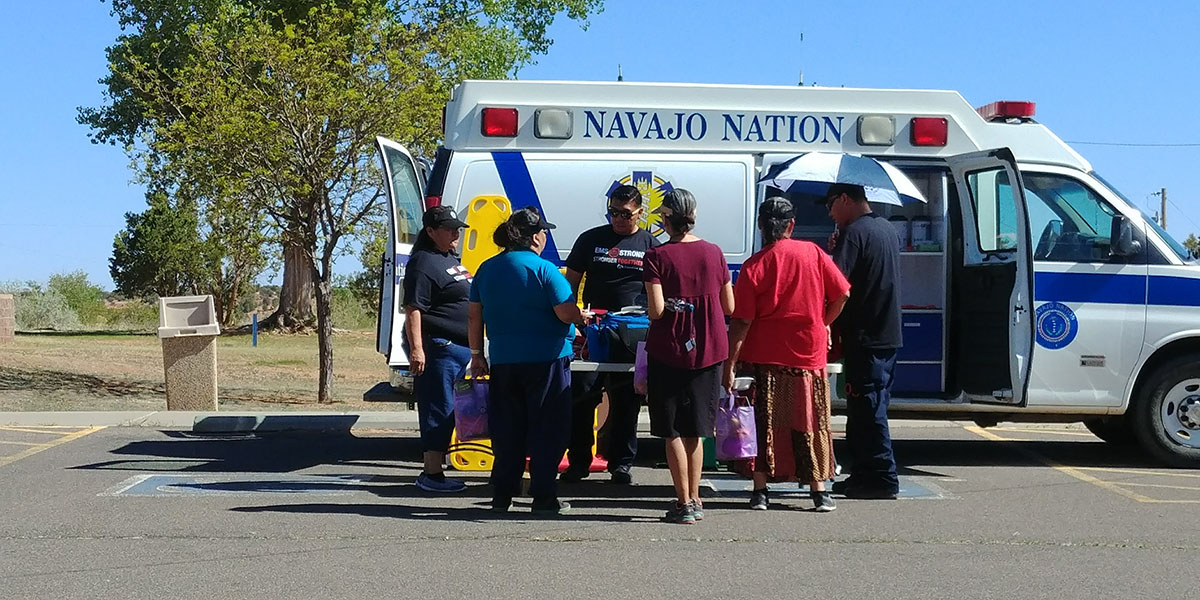In times of crisis, emergency services play a pivotal role in ensuring the safety and well-being of individuals and communities. From responding to medical emergencies to managing natural disasters, these services form the backbone of public safety. This article explores the various facets of emergency services, their functions, challenges, and the importance of community awareness and support.
Understanding Emergency Services:
- Diverse Functions: Emergency services encompass a wide range of functions aimed at addressing immediate threats to life, property, and the environment. The core components include fire services, law enforcement, emergency medical services (EMS), and disaster management agencies. Each service is specialized in its response capabilities, working together to provide a comprehensive and coordinated approach to emergencies.
- Fire Services: Firefighters are on the front lines when it comes to battling fires, rescuing individuals from hazardous situations, and mitigating the impact of disasters. Beyond firefighting, they are trained in handling hazardous materials incidents and providing specialized rescue services, such as water and high-angle rescues.
- Law Enforcement: Police services play a crucial role in maintaining law and order during emergencies. This includes managing evacuations, securing affected areas, and providing support to other emergency services. In addition to their traditional roles, law enforcement officers often act as first responders in medical emergencies, performing life-saving interventions until EMS arrives.
- Emergency Medical Services (EMS): EMS professionals, including paramedics and emergency medical technicians (EMTs), are trained to provide immediate medical care in emergencies. Their responsibilities range from administering first aid to transporting patients to medical facilities. Quick and effective EMS response is often the determining factor in the survival and recovery of individuals facing medical crises.
- Disaster Management Agencies: Agencies dedicated to disaster management focus on preparedness, response, recovery, and mitigation. They work to minimize the impact of natural or man-made disasters, develop evacuation plans, and coordinate resources to support affected communities. These agencies collaborate with other emergency services to ensure a cohesive and efficient response.
Challenges Faced by Emergency Services:
- Resource Constraints: Emergency services often face challenges related to resource availability, including funding, personnel, and equipment. Adequate investment in training and modern equipment is essential for ensuring that these services can respond effectively to a wide range of emergencies.
- High Operational Demands: Emergency service personnel work under high-stress conditions, facing unpredictable situations that demand quick decision-making and effective teamwork. The emotional toll of responding to traumatic incidents can impact the mental health of personnel, highlighting the need for support services and resources.
- Technological Advancements: Keeping pace with technological advancements is a constant challenge for emergency services. From updated communication systems to state-of-the-art medical equipment, investing in technology is essential for enhancing response capabilities and ensuring the safety of both the public and service personnel.
- Community Engagement: Effective emergency response is a shared responsibility between emergency services and the community. Lack of awareness about emergency procedures, evacuation routes, and the importance of preparedness can hinder response efforts. Community engagement and education are crucial for fostering a culture of safety.

The Importance of Community Awareness and Support:
- Preparedness Education: Community members need to be educated about the importance of emergency preparedness. This includes knowing how to respond to different types of emergencies, creating emergency plans for households, and participating in drills and exercises organized by local emergency services.
- Communication Channels: Establishing clear communication channels between emergency services and the community is vital. Utilizing social media, local news outlets, and community meetings can help disseminate important information during emergencies, including evacuation orders, road closures, and shelter locations.
- Volunteer Programs: Many communities have volunteer programs that support emergency services during crises. These programs can include community emergency response teams (CERTs) trained to assist with first aid, search and rescue, and other essential tasks. Volunteers enhance the capacity of emergency services and foster a sense of community resilience.
- Neighborhood Watch Programs: Building strong community connections through neighborhood watch programs can contribute to crime prevention and enhance overall community safety. During emergencies, these networks become crucial for disseminating information and providing support to vulnerable populations.
- Supporting Mental Health: Recognizing the psychological impact of emergency response, communities can establish mental health support services for emergency service personnel. This includes access to counseling, stress management programs, and resources to cope with the emotional challenges of the job.
Conclusion:
Emergency services are the backbone of public safety, responding to a wide array of crises with dedication and professionalism. The challenges they face, from resource constraints to high operational demands, underscore the need for ongoing support and investment. However, the effectiveness of emergency services is not solely dependent on the professionals in uniform; community engagement and awareness are equally vital components.
By fostering a culture of preparedness, communities can contribute to their own safety and resilience. Understanding the roles and challenges of emergency services, participating in preparedness initiatives, and supporting the mental well-being of service personnel are critical aspects of building a robust and resilient society. In the face of uncertainties, a collaborative approach between emergency services and the communities they serve is essential for ensuring a safer and more secure future.
